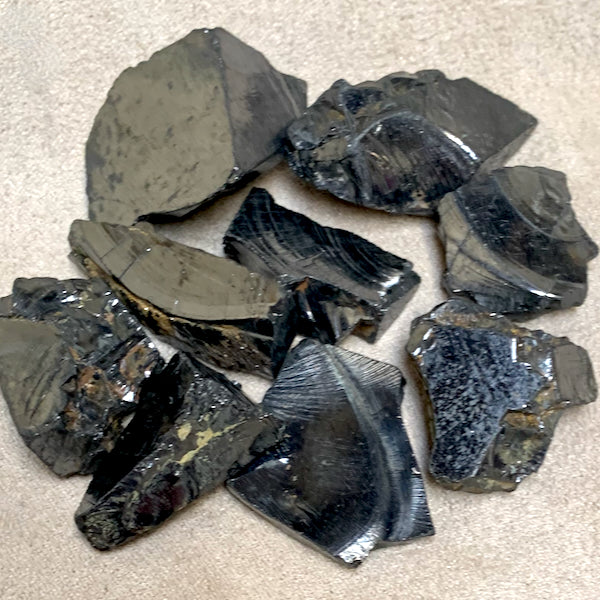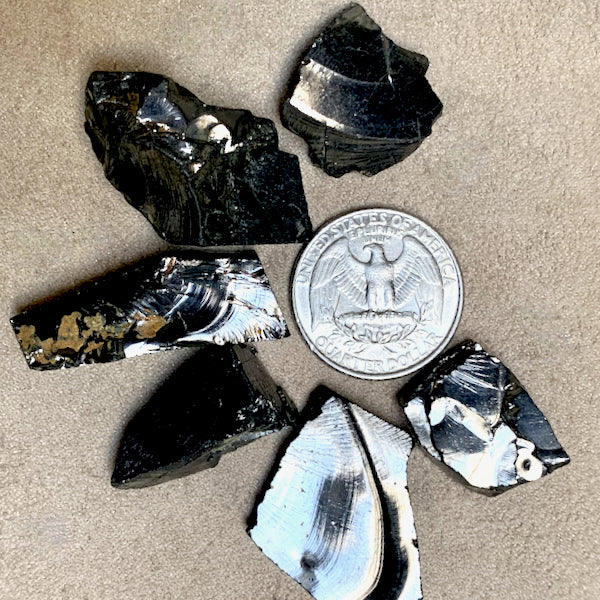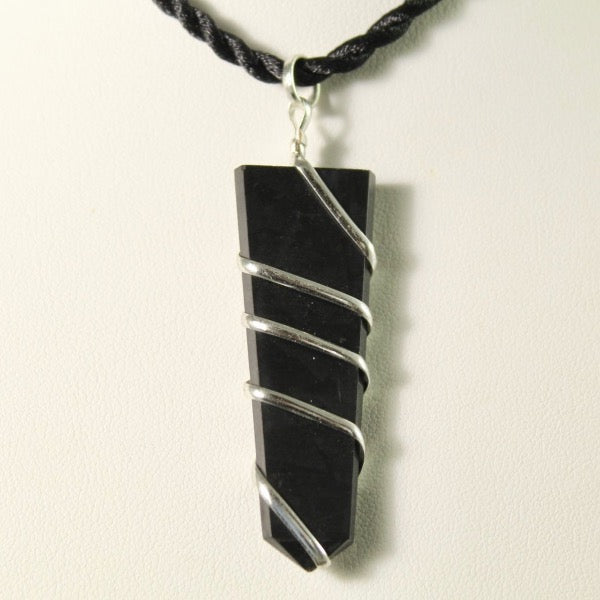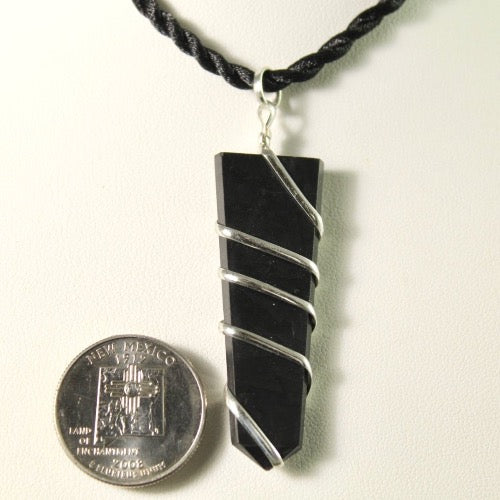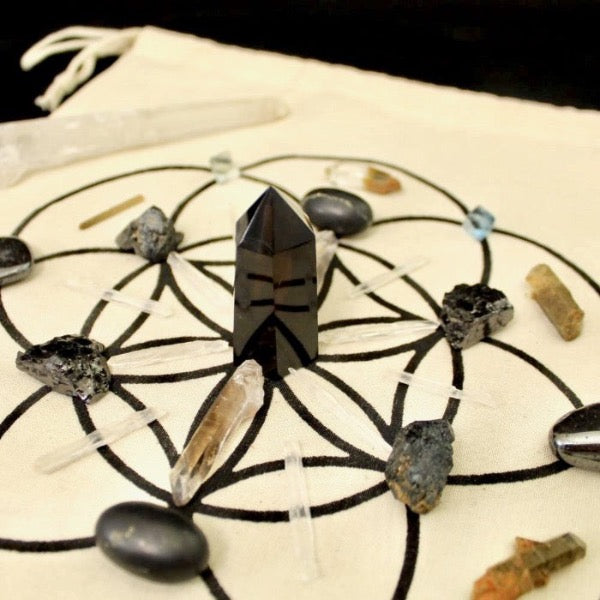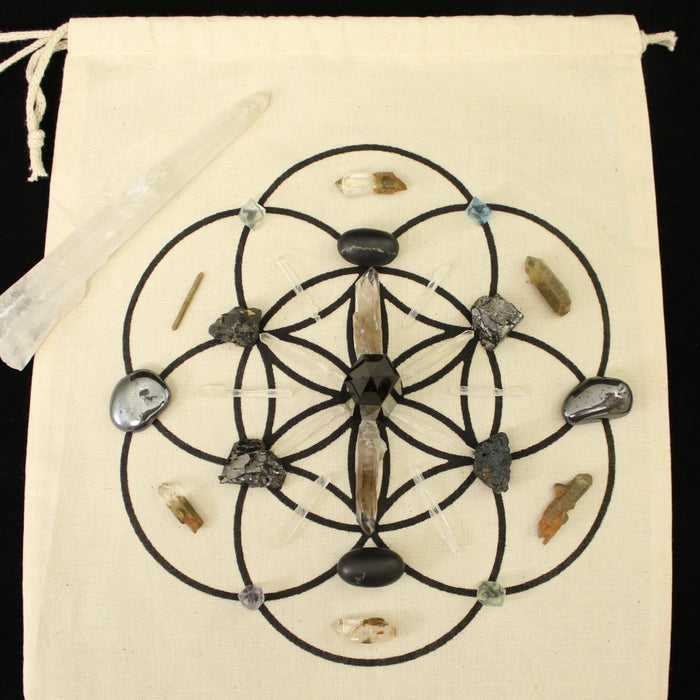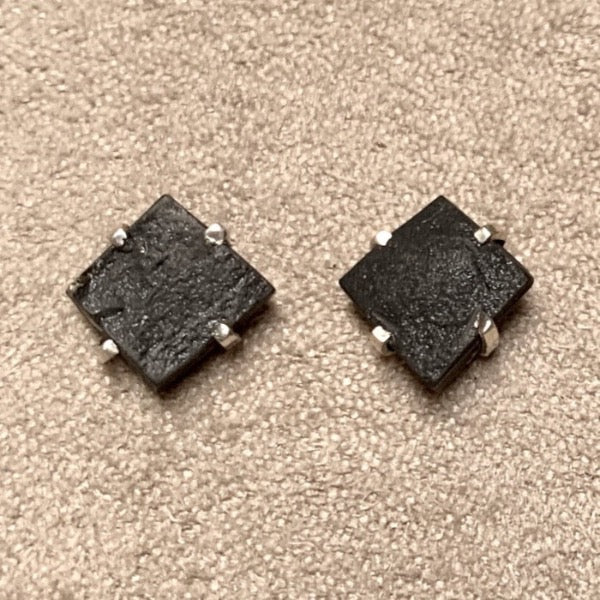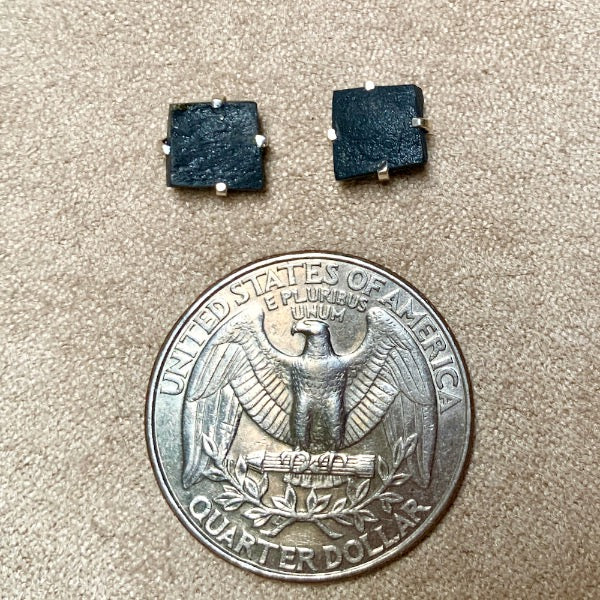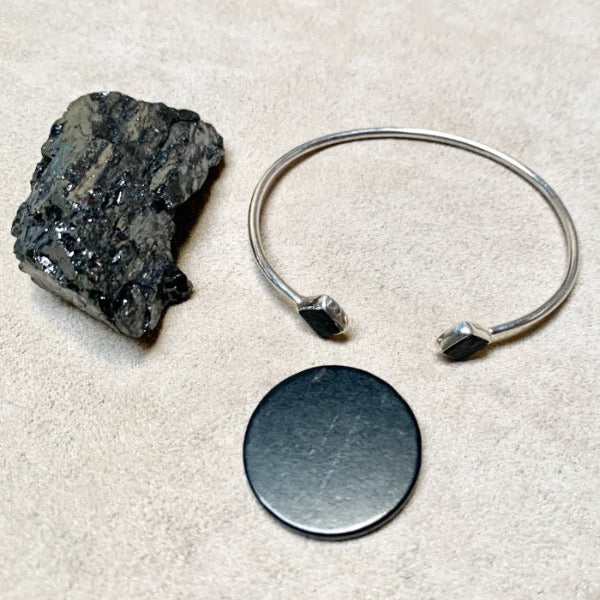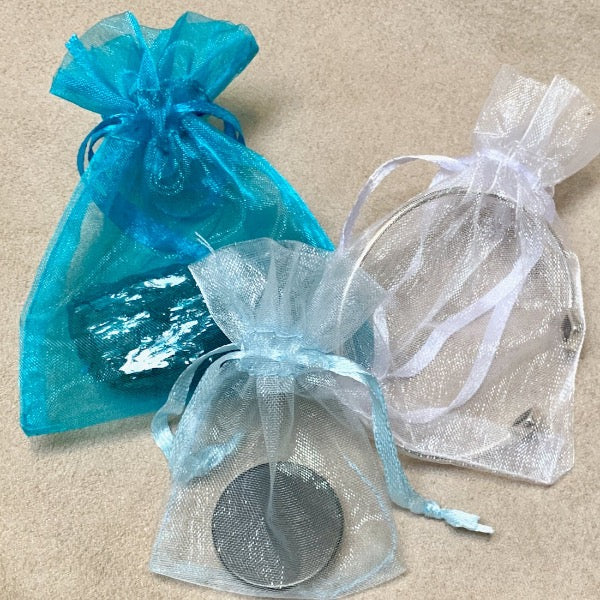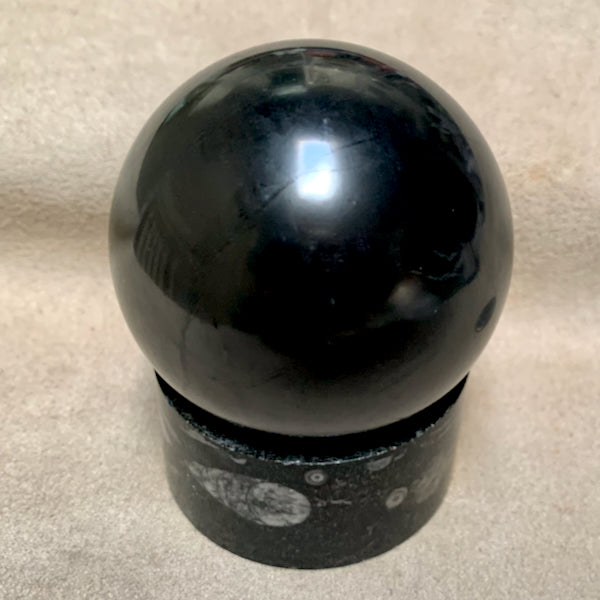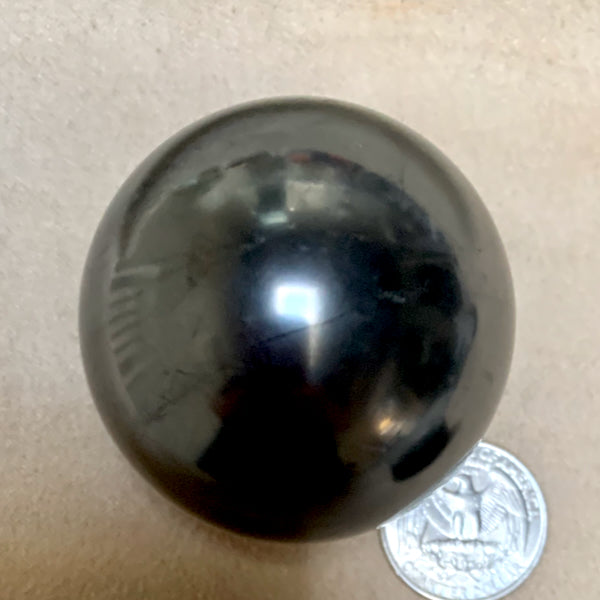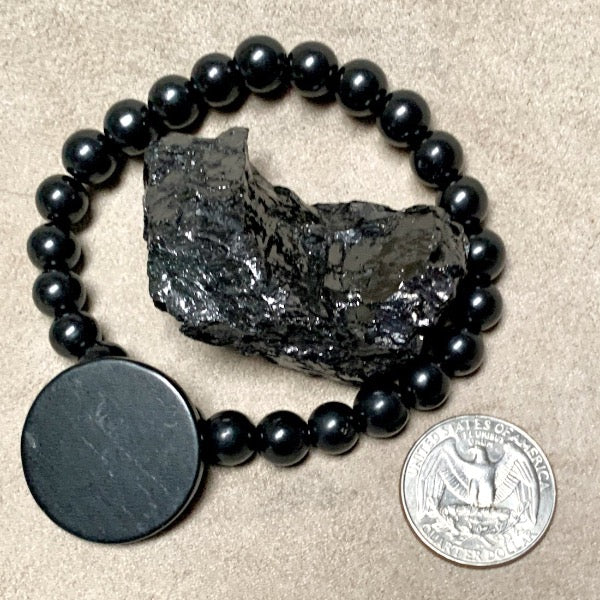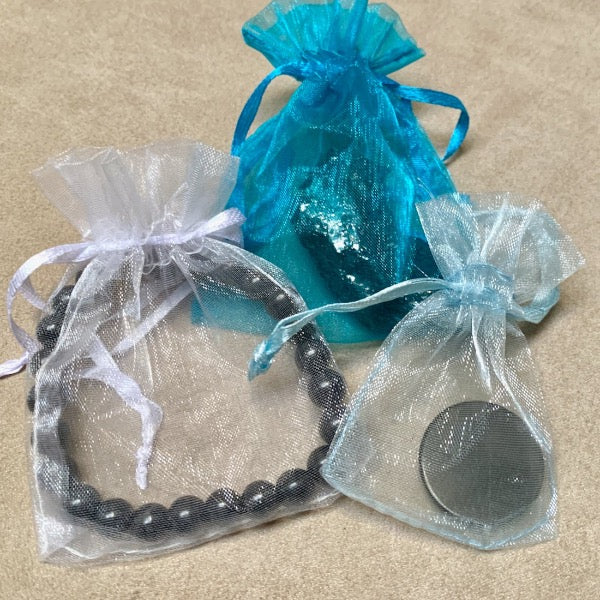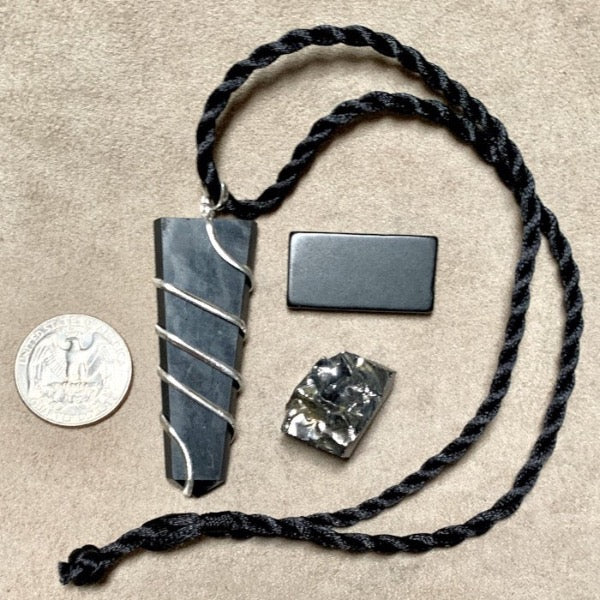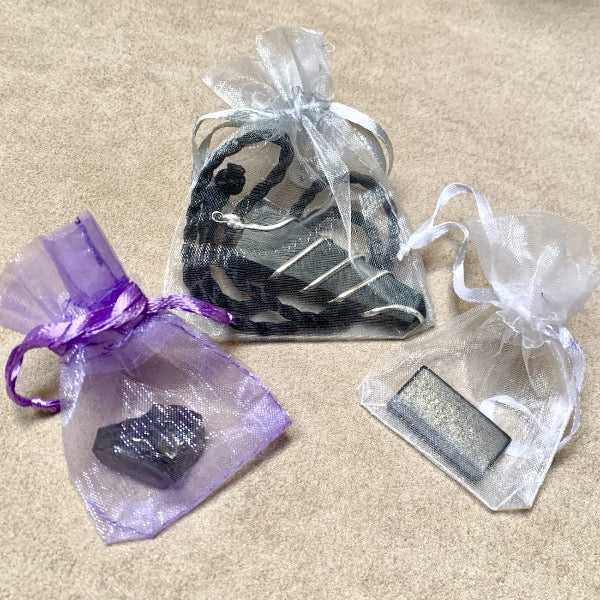Shungite
Shungite is a mineraloid closely related to coal shales; it is classified as a pyrobutimen. Typically it contains 30% to 98% carbon.
Discover more about shungite HERE (mineralogy & geology; spiritual, metaphysical & healing properties)
Shungite Elite, Rough (Smaller)
- Regular
- $5.00
- Sale
- $5.00
- Regular
-
Sold Out
- Unit Price
- per
Shungite Wire-wrapped Pendant
- Regular
- $12.00
- Sale
- $12.00
- Regular
-
Sold Out
- Unit Price
- per
Crystal Grid Set for Protection
- Regular
- $102.00
- Sale
- $102.00
- Regular
-
Sold Out
- Unit Price
- per
Shungite Rough Stud Earrings
- Regular
- $18.00
- Sale
- $18.00
- Regular
-
Sold Out
- Unit Price
- per
Shungite Sterling Silver Bracelet Gift Set
- Regular
- $90.00
- Sale
- $90.00
- Regular
-
Sold Out
- Unit Price
- per
Shungite Sphere (Russia)
- Regular
- $35.00
- Sale
- $35.00
- Regular
-
Sold Out
- Unit Price
- per
Shungite Elite, Rough (Larger)
- Regular
- $18.00
- Sale
- $18.00
- Regular
-
Sold Out
- Unit Price
- per
Shungite Cell Phone Sticker (circular Buddha)
- Regular
- $14.00
- Sale
- $14.00
- Regular
-
Sold Out
- Unit Price
- per
Shungite Cell Phone Sticker (Rectangular)
- Regular
- $10.00
- Sale
- $10.00
- Regular
-
Sold Out
- Unit Price
- per
Shungite and Sterling Silver Dangle Earrings
- Regular
- $36.00
- Sale
- $36.00
- Regular
-
Sold Out
- Unit Price
- per
Shungite and Sterling Silver Dangle Earrings
- Regular
- $58.00
- Sale
- $58.00
- Regular
-
Sold Out
- Unit Price
- per
Shungite Stretchy Bracelet Gift Set
- Regular
- $62.00
- Sale
- $62.00
- Regular
-
Sold Out
- Unit Price
- per
Shungite Pendant Gift Set
- Regular
- $38.00
- Sale
- $38.00
- Regular
-
Sold Out
- Unit Price
- per
Showing items 1-13 of 13.

